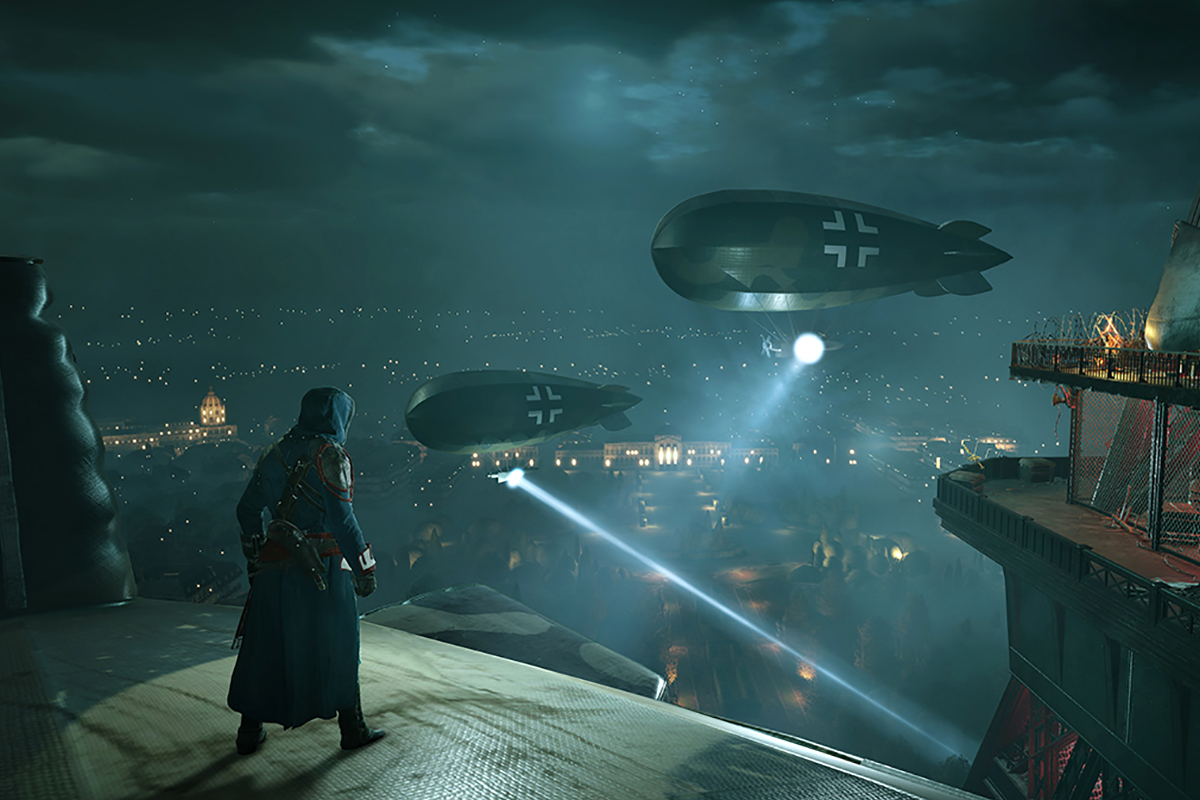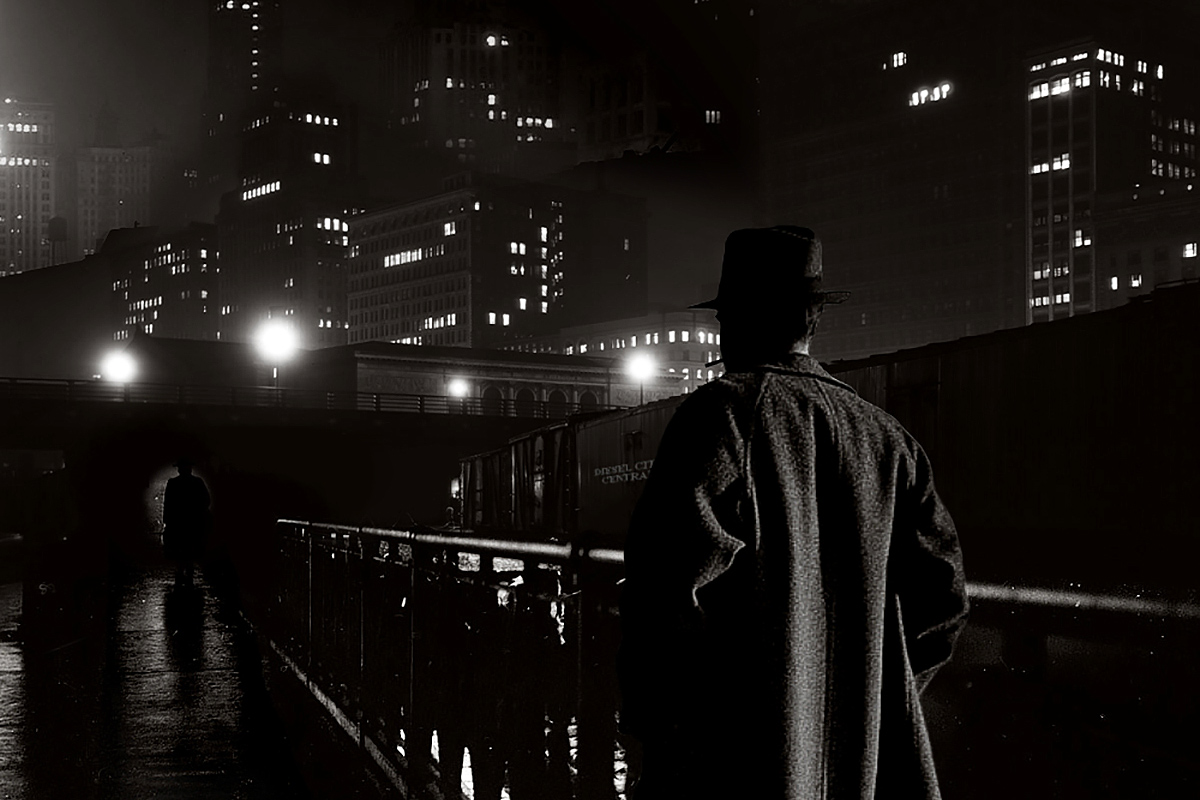The hooded robes of the Ku Klux Klan are perhaps the most visible symbol of white supremacist terror in the United States. They are rivaled only by the same organization’s tradition of burning wooden crosses.
In the 1920s, the Klan were a scarily powerful organization, with chapters all over the country. They hated many, many groups: African Americans, Italian Americans, Irish Americans, Polish Americans, Catholics, Jews, and others. They were vicious, violent and had no qualms about killing, or being provocative. Once such time was when they marched on Carnegie, Pennsylvania, a mostly Catholic suburb of Pittsburgh in 1923.
That clash, which left at least one Klansman dead, is dramatized in The Day the Klan Came to Town, a graphic novel from PM Press written by Bill Campbell and drawn by Bizhan Khodabandeh. Befitting the publisher’s political inclinations, it is a very clearly political work, with a number of deliberate parallels to the present day.
The story focuses on immigrants from Sicily, several of whom fled Mussolini’s brownshirts. There are interludes set in Italy, where the hardship of their lives as miners gives you a very clear idea of what made them board a ship to America.
Sicilians appear first, but they are not alone. The Day the Klan Came to Town is a story about solidarity in the face of hatred. In this town, there are African Americans, Irish, Jews and Poles. Acting separately, the narrative implies, they would never have withstood the Klan’s onslaught. But they realize this, and form a united front against their common foe. There are many scenes of people of different backgrounds learning from one another and realizing they are not so different deep down.
The book is unsparing in its portrayal of the Klan. They are murderous, clearly, and violent, obviously; a group notorious for its lynchings ought to be remembered as such. More disturbing is the fact that they are accepted by far too many people in Carnegie, including the local police, whose chief allows them to march. The Day the Klan Came to Town is an indictment of how the powers that be enable violence and hatred, and use it for their own purposes.
This book is enhanced by Khodabandeh’s art. It is drawn in black and white with a deft use of shadow and contrast. It is a style that reminds me of street art, benefitting the populist tack of the narrative. It is an art of the people, portraying the racism of 1920s America in a way emulating the way people then would have seen it.
For such a short narrative, The Day the Klan Came to Town really packs a punch. It is about coming together in a time when the world seems to be driving people apart, and how the people are stronger together when power is intent on crushing them. It is a relevant message today.





